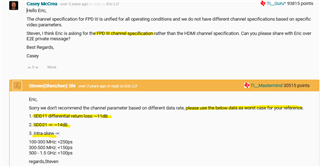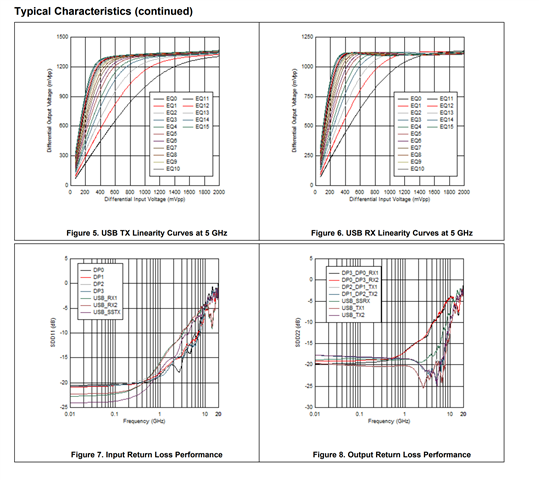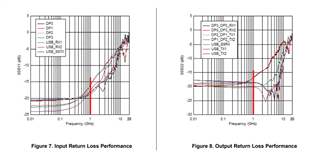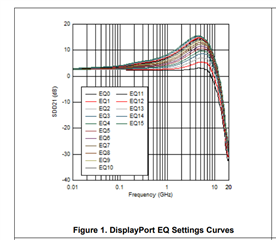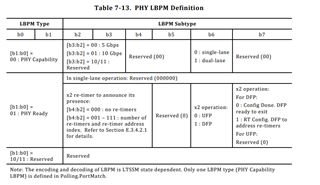Other Parts Discussed in Thread: TUSB1064, , TUSB1064RNQEVM
Hi Madam/Sir,
We were doing feasibility study for putting TUSB1146 at source, TUSB1064 at sink and connecting both thru a USB type C cable.
It expected to transmit up to 720P video over it and we wondered to learn "what is the max acceptable return loss and insertion loss contributed by the USB type C cable and connectors"?
Thanks for your support.
Regards,
Eric Li


